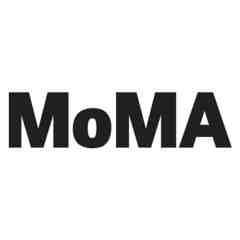Art
Mark Rothko called Green and Maroon (1953)
- Item Number
- 013
- Estimated Value
- 300 USD
- Sold
- 180 USD to one_cool_tina
- Number of Bids
- 11 - Bid History
Item Description
Green and Maroon was executed in the mid-1950s, when Mark Rothko painted scores of large canvases. Other works from this period all have a similar format, but vary widely in mood, depending upon their color and internal proportions. Rothko abhorred being viewed as a formalist abstract artist whose foremost intent was to arrange color fields on a flat canvas; he insisted that his art concerned the distillation of human experience, both tragic and ecstatic, to its purest form.
In Rothko's compositions, the rectangles and their surrounding space are given equal importance as presences. Beginning with no preconceived vision of a painting's final state, he intuitively adjusted his forms, always working with a frontal arrangement of horizontal or vertical rectangular forms. Rothko paid close attention to their height, width and edges, their distance from the edges of the canvas, and their interrelationships. All of his shapes have soft edges that fuse into their surrounding space. The dominance of these elements depends entirely on their color, which Rothko blended and layered to create varied luminosity and surface texture. He frequently applied paint with rags, rubbing wet colors together, so that few gestures were visible; at other times he painted with slightly built-up brushstrokes for textural variation. In many cases translucent underlayers of color are visible, evoking a quality of inner light.
In Green and Maroon the colors are dimmed and rendered more dense by the underlying darker shades of blue, red and gray; as a result a somber stillness pervades the composition. Through countless color manipulations executed on a large scale—an approach comparable to that of a composer arranging musical notes—he created powerful, timeless absolutes of human sensation ranging from exultation to torment.
(Description via American Art @ The Phillips Collection)
Brooklyn Community Services stores data...
Your support matters, so Brooklyn Community Services would like to use your information to keep in touch about things that may matter to you. If you choose to hear from Brooklyn Community Services, we may contact you in the future about our ongoing efforts.
Your privacy is important to us, so Brooklyn Community Services will keep your personal data secure and Brooklyn Community Services will not use it for marketing communications which you have not agreed to receive. At any time, you may withdraw consent by emailing Privacy@frontstream.com or by contacting our Privacy Officer. Please see our Privacy Policy found here PrivacyPolicy.


